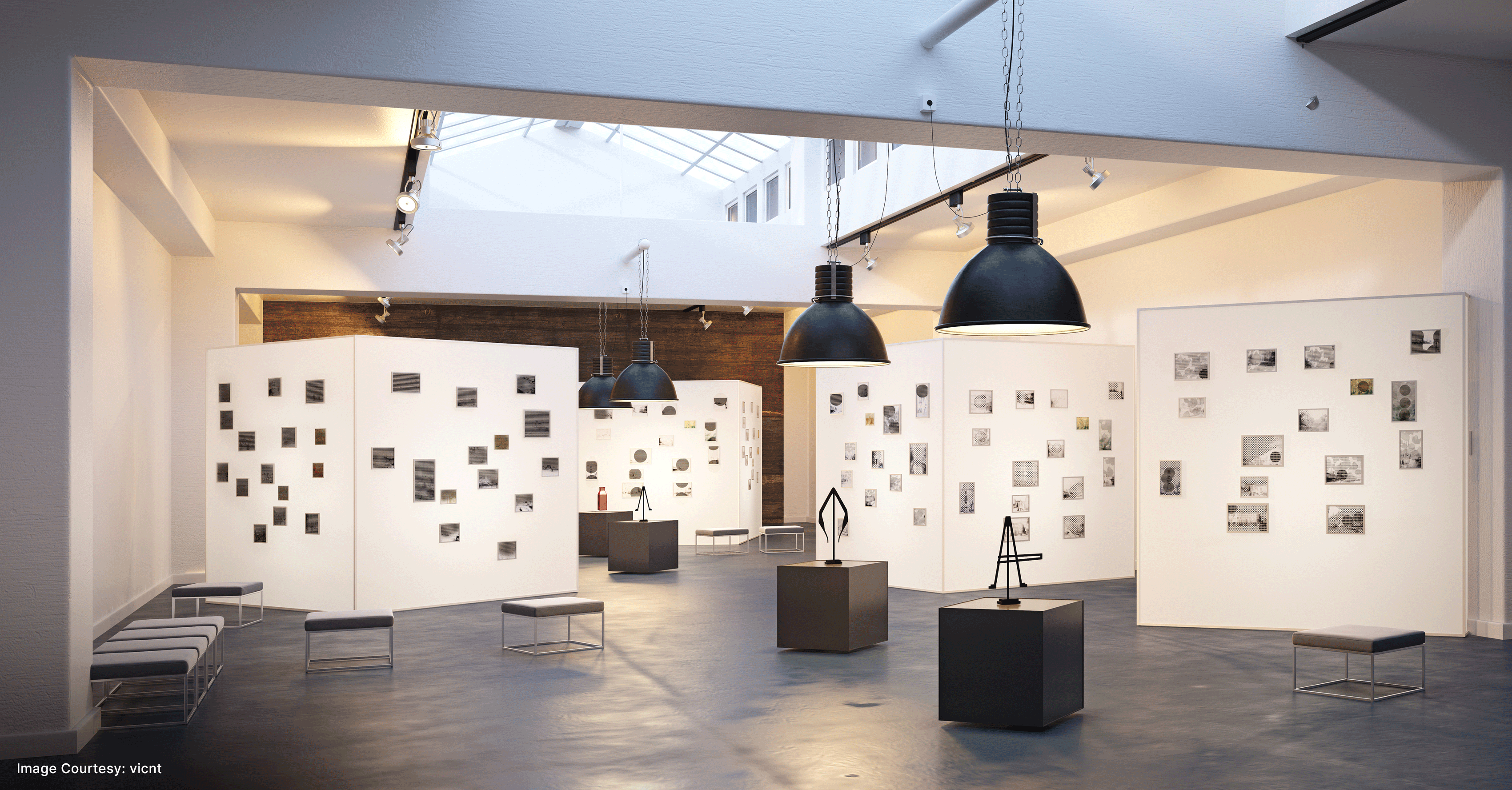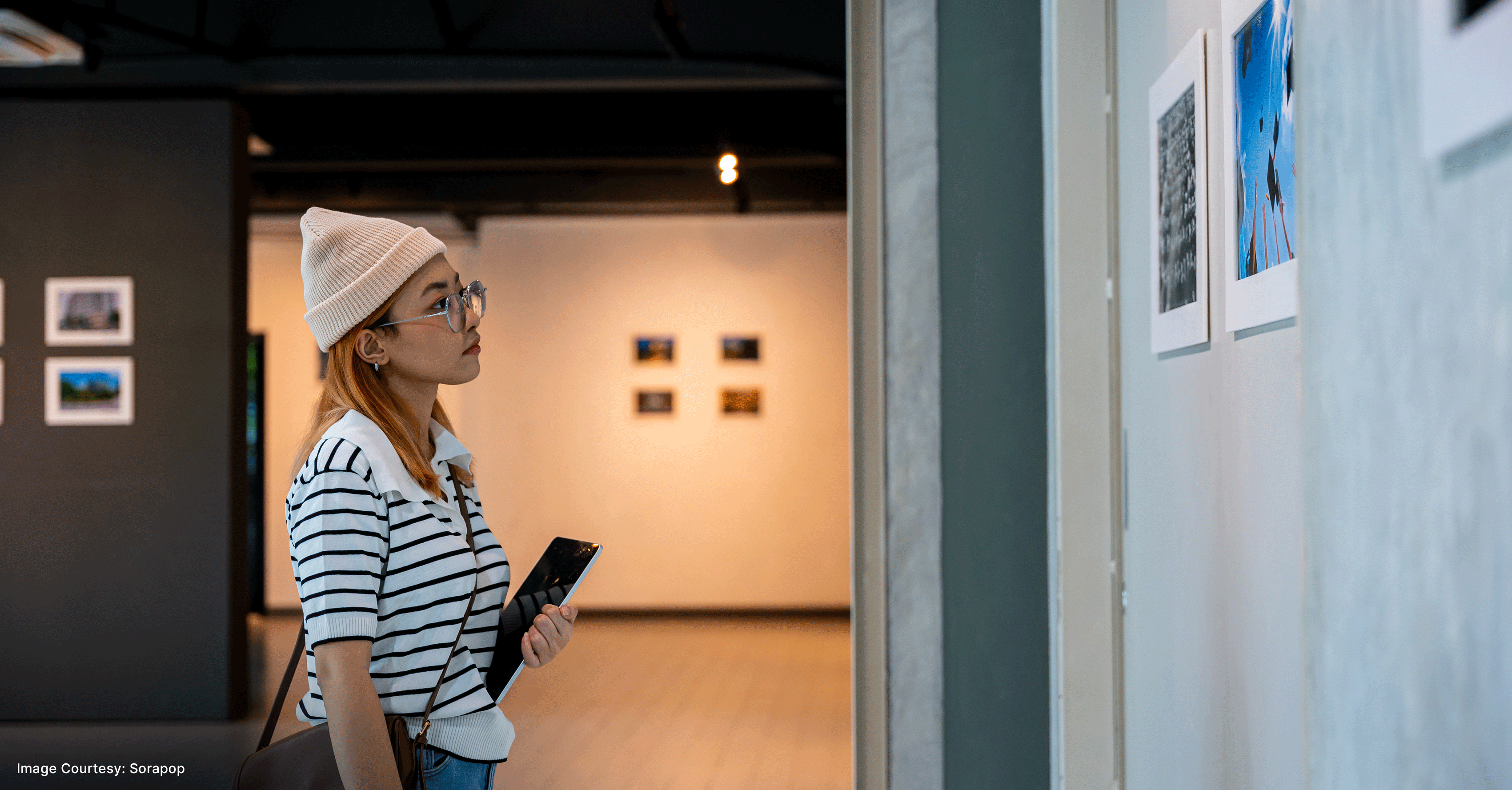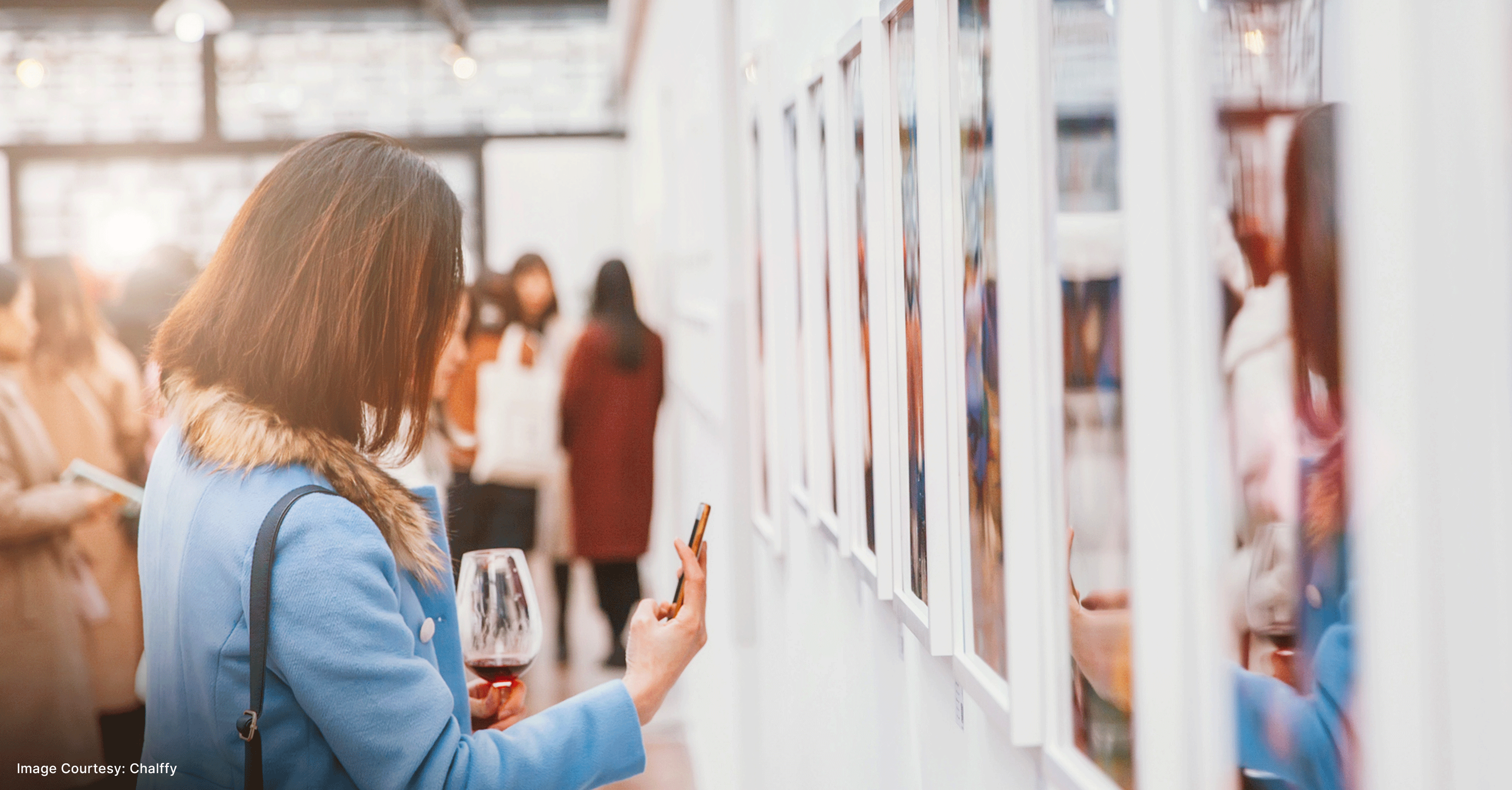Photography biennales are among the most important cultural events in the art world, showcasing the best in contemporary photography and visual storytelling from across the globe. These biennales not only provide a platform for photographers to present their work but also serve as spaces for dialogue, collaboration, and the exploration of new trends and techniques in the field. For both established and emerging photographers, participation in a prestigious biennale can be a career-defining moment.
In this article, we’ll explore some of the world’s most influential photography biennales, compare their significance and impact on international photography, and highlight how ZiiP Foundation’s upcoming flagship event aims to join the ranks of these prestigious exhibitions.
What is a Photography Biennale?
A photography biennale is an art exhibition dedicated to photography that takes place every two years, often in a specific city or region. These events bring together photographers, curators, critics, and audiences from all over the world to explore the latest developments in the medium. Biennales often feature large-scale exhibitions, workshops, panel discussions, and collaborative projects, making them essential hubs for both creative expression and professional networking.
The Most Influential Photography Biennales Globally
Several biennales have risen to international prominence, becoming influential platforms for photographers and curators alike. These events often shape the direction of photography as an art form, influence global trends, and provide opportunities for emerging talent to gain recognition.
1. Rencontres d’Arles (France)
Rencontres d’Arles, held annually in the southern French town of Arles, is one of the most prestigious and longest-running photography festivals in the world. Founded in 1970, Rencontres d’Arles has grown into a significant event for the international photography community, attracting artists, curators, critics, and enthusiasts from all over the globe. The biennale’s program includes exhibitions in a variety of venues, from historical buildings to contemporary art spaces, showcasing works from renowned and emerging photographers alike.
Impact:
Rencontres d’Arles has played a pivotal role in elevating photography as a fine art form. Its focus on experimental and cutting-edge works helps push the boundaries of the medium, encouraging innovation in both technique and subject matter. The biennale has been instrumental in the careers of many photographers, offering exposure to a wide audience and industry professionals.
Key Features:
- Wide variety of genres: from documentary photography to conceptual works.
- Workshops and artist residencies to foster talent.
- Global platform with a diverse array of international photographers.
2. PhotoBiennale Thessaloniki (Greece)
Launched in 1988, the PhotoBiennale in Thessaloniki (previously known as Photosynkyria) is one of the oldest photography biennales in Greece and has grown into a major international event. The festival has become known for its thematic approach, often focusing on specific social, political, or cultural issues. The exhibitions are spread across various locations in Thessaloniki, including museums, galleries, and public spaces, bringing photography to a wide audience.
Impact:
The Thessaloniki PhotoBiennale is widely respected for its commitment to fostering dialogue between contemporary photography and current events. The biennale showcases works that explore critical global issues, such as migration, identity, and social justice, contributing to a broader understanding of photography’s role in society.
Key Features:
- Thematically focused exhibitions that address pressing global issues.
- Emphasis on collaboration between international and local artists.
- A rich program of workshops, lectures, and panel discussions.
3. Fotofest International Biennial (USA)
Fotofest International Biennial, held in Houston, Texas, is one of the largest and most influential photography biennales in North America. Established in 1986, Fotofest has earned a reputation for promoting innovative and experimental photography, with a particular focus on photo-based contemporary art. The biennale attracts a global audience and includes a wide range of exhibitions, portfolio reviews, workshops, and educational programs.
Impact:
Fotofest is particularly known for its emphasis on portfolio reviews, providing photographers with the opportunity to present their work to curators, gallery owners, and collectors. This aspect of the biennale has helped many photographers secure gallery representation and commissions, making it an essential event for those looking to advance their careers.
Key Features:
- Focus on experimental photography and contemporary art.
- Comprehensive portfolio reviews offering direct feedback from industry experts.
- Global network of participants, including curators, gallery owners, and collectors.
4. Bamako Encounters – African Biennale of Photography (Mali)
Bamako Encounters, founded in 1994, is Africa’s most significant photography biennale. Held in the capital city of Bamako, Mali, the biennale is dedicated to showcasing contemporary African photography and video art. The event has grown into a prominent platform for African artists to present their work to an international audience, highlighting the rich diversity of photographic practices across the continent.
Impact:
Bamako Encounters plays a vital role in promoting African photography on the global stage. The biennale is a key event for discovering new talent from across Africa and serves as a hub for cultural exchange between African and international artists. It also challenges traditional narratives about Africa, offering more nuanced and diverse representations of the continent’s people, landscapes, and cultures.
Key Features:
- Focus on African photographers and contemporary African issues.
- Strong emphasis on cultural exchange and collaboration.
- A key platform for emerging African photographers.
5. Brighton Photo Biennial (UK)
The Brighton Photo Biennial, established in 2003, is the largest photography festival in the UK. Held in the coastal city of Brighton, the biennale features a wide range of exhibitions, talks, workshops, and public installations. The festival is known for its innovative approach to exhibition curation, often utilizing outdoor spaces and interactive formats to engage the public.
Impact:
Brighton Photo Biennial is recognized for its commitment to exploring new ways of presenting photography, using public spaces and alternative exhibition formats to engage a wider audience. The biennale also addresses social and political issues through photography, making it a platform for discussing contemporary challenges.
Key Features:
- Innovative use of public spaces for outdoor exhibitions.
- Focus on social and political themes.
- Engagement with local communities and international participants.
How These Biennales Impact International Photography
Photography biennales play a critical role in shaping the direction of contemporary photography on a global scale. These events provide photographers with the opportunity to showcase their work to an international audience, gain exposure, and engage in critical dialogue with peers and industry professionals. Here are some of the ways in which biennales impact the world of photography:
1. Shaping Trends and Movements
Biennales are often trendsetters, influencing the types of photography that gain prominence in the art world. The themes explored in these exhibitions—ranging from social justice to climate change—help shape the artistic discourse and set the tone for future works. The experimental nature of many biennales encourages photographers to push boundaries and explore new techniques, leading to the evolution of photographic practices.
2. Launching Careers
Many photographers use biennales as a platform to launch their careers. Portfolio reviews, exhibitions, and networking opportunities at these events offer invaluable exposure, leading to gallery representation, commissions, and international recognition. Emerging artists often find their first major audience through biennales, while established photographers can further solidify their reputations.
3. Promoting Cultural Exchange
Photography biennales foster cross-cultural dialogue, bringing together artists from different parts of the world to share their perspectives and experiences. This exchange of ideas not only enriches the global photography community but also helps break down cultural barriers, promoting understanding through the universal language of images.
ZiiP Foundation’s Flagship Event: Joining the Ranks of Global Photography Biennales
The ZiiP Foundation is committed to making its mark in the world of photography by organizing a flagship biennale that will join the ranks of prestigious events like Rencontres d’Arles and Fotofest. ZiiP’s biennale will focus on fostering cross-cultural collaboration and providing a platform for photographers from diverse backgrounds to showcase their work.
1. Highlighting Global and Local Narratives
Much like Bamako Encounters, ZiiP’s flagship event will emphasize the importance of representing local and global narratives. The biennale will feature photographers who tackle critical social and environmental issues, offering both global perspectives and deeply personal stories.
2. Promoting Emerging Talent
ZiiP Foundation is committed to supporting emerging photographers by providing them with the platform they need to reach an international audience. The biennale will include portfolio reviews, workshops, and mentorship programs designed to help photographers refine their craft and gain exposure to curators, collectors, and industry professionals.
3. Innovative Formats and Digital Engagement
ZiiP’s biennale will also explore innovative exhibition formats, including virtual exhibitions and interactive installations, making the event accessible to a global audience. By combining traditional exhibition spaces with digital platforms, ZiiP aims to reach new audiences and ensure that photography remains a relevant and dynamic form of artistic expression.
Conclusion
Photography biennales are essential to the growth and evolution of the medium, providing photographers with the opportunity to showcase their work, gain exposure, and engage with global audiences. Events like Rencontres d’Arles, Fotofest, and Bamako Encounters have shaped the trajectory of contemporary photography, pushing the boundaries of what the medium can achieve.
As ZiiP Foundation prepares to launch its flagship biennale, it is poised to become a major player in the world of photography. By fostering collaboration, promoting emerging talent, and exploring innovative exhibition formats, ZiiP is committed toAs ZiiP Foundation prepares to launch its flagship biennale, it is poised to become a major player in the world of photography. By fostering collaboration, promoting emerging talent, and exploring innovative exhibition formats, ZiiP is committed to creating a platform that celebrates the art of photography while addressing critical social and cultural issues. Like the iconic biennales we’ve explored, ZiiP’s event will provide photographers with an invaluable opportunity to engage with international audiences, exhibit their work in unique ways, and participate in a global dialogue through visual storytelling.
The future of photography is as dynamic and diverse as ever, and biennales continue to shape its path by spotlighting new voices, promoting cultural exchange, and pushing the boundaries of what photography can achieve. ZiiP’s flagship biennale will join this tradition, offering photographers a space to explore their craft, share their perspectives, and make a lasting impact on the world of visual art.
With the support of dedicated photographers, curators, and audiences, ZiiP Foundation’s biennale will soon be recognized alongside influential events like Rencontres d’Arles, Fotofest, and Bamako Encounters, contributing to the rich tapestry of international photography and ensuring that this art form remains at the forefront of cultural discourse.




